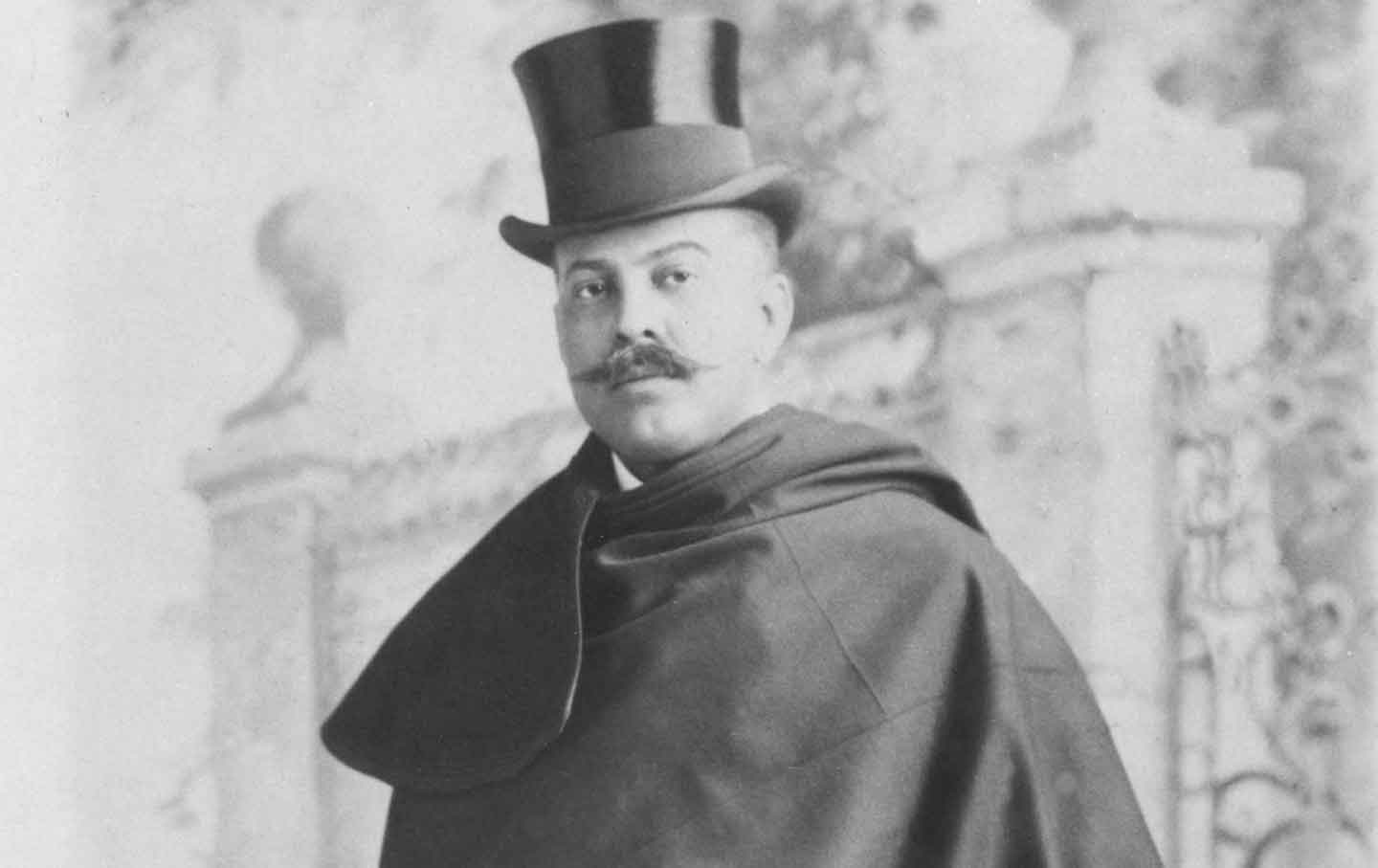Nation and the Absent Presence of Race in Latin American GenomicsPosted in Anthropology, Articles, Brazil, Caribbean/Latin America, Health/Medicine/Genetics, Media Archive, Mexico on 2016-07-29 19:30Z by Steven |
Nation and the Absent Presence of Race in Latin American Genomics
Current Anthropology
Volume 55, Number 5 (October 2014)
pages 497-522
DOI: 10.1086/677945
Peter Wade, Professor of Social Anthropology
University of Manchester
Vivette García Deister, Associate Professor
Social Studies of Science Laboratory
National Autonomous University of Mexico
Michael Kent, Honorary Research Fellow in Social Anthropology
School of Social Sciences
University of Manchester
María Fernanda Olarte Sierra, Assistant Professor
Department of Design
University of the Andes, Bogotá, Colombia
Adriana Díaz del Castillo Hernández, Independent Researcher
Consultoría en Estudios Sociales Sobre Educación, Salud, Ciencia y Tecnología, Bogotá, Colombia
Recent work on genomics and race makes the argument that concepts and categories of race are subtly reproduced in the practice of genomic science, despite the explicit rejection of race as meaningful biological reality by many geneticists. Our argument in this paper is that racialized meanings in genomics, rather than standing alone, are very often wrapped up in ideas about nation. This seems to us a rather neglected aspect in the literature about genomics and race. More specifically, we characterize race as an absent presence in Latin America and argue that genomics in the region finds a particular expression of race through concepts of nation, because this vehicle suits the deep-rooted ambiguity of race in the region. To make this argument we use data from an ethnographic project with genetics labs in Brazil, Colombia, and Mexico.




